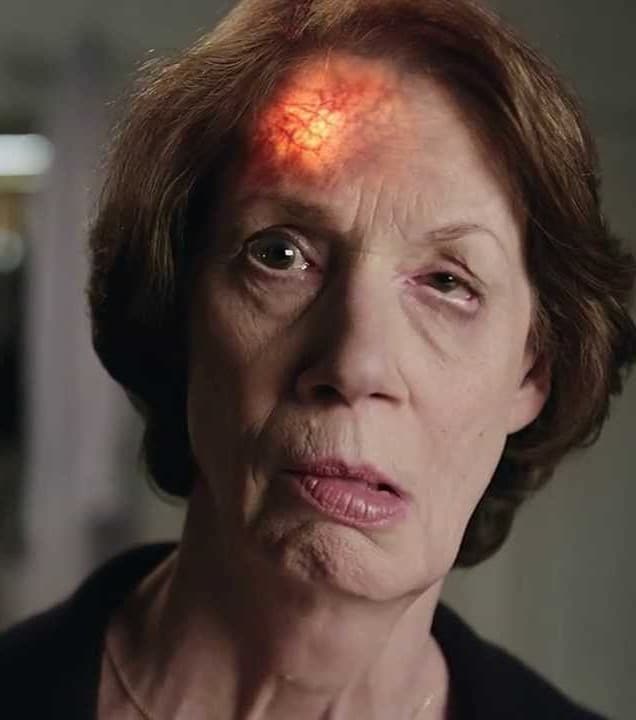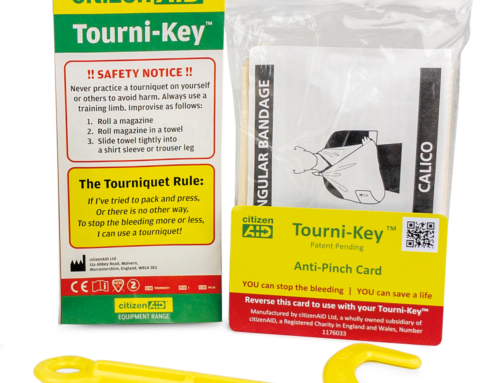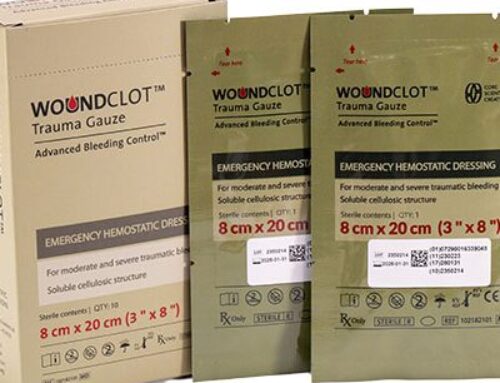We often get asked what’s the first aid for strokes on one of our first aid courses. With the statistics below it’s easy to see why.
Key statistics:
- Stroke strikes every five minutes
- 100,000 people have strokes each year
- There are 1.3 million stroke survivors in the UK
So what is a stoke?
As stoke is known as a brain attack. It happens when the blood supply to the brain is cut off and this then causes cells in the brain to be killed. This brain damage can then effect how the brain functions. As the brain is the computer of system this can cause the body not to function properly.
The severity of the stroke depends on where the damage is and how large the area it is.
There are 3 different types of strokes:
1 – Ischaemic Stroke – a blockage in one of the blood vessels in the brain
2 – Haemorrhagic Stroke – a bleed in or around the brain
3 – TIA or Transient ischaemic attack, also known as a mini stroke. It’s the same as a stroke but as the blockage is temporary, the signs and symptoms disappear
How to recognise a stroke.
You may have seen the adverts on TV for the FAST test which has been great at raising awareness for strokes. We have seen an upgraded version of the FAST test – BE FAST.
Balance: Is the person suddenly having trouble with balance or coordination?
Eyes: Is the person experiencing suddenly blurred or double vision or a sudden loss of vision in one or both eyes without pain?
Facial weakness: Can the person smile? Has their mouth or eye drooped?
Arm weakness: Can the person raise both arms?
Speech problems: Can the person speak clearly and understand what you say?
Time to call 999: if you see any of these signs.
Other things you might see when someone is having a stroke.
- Sudden weakness or numbness on one side of the body, including legs, hands or feet.
- Difficulty finding words or speaking in clear sentences.
- Sudden blurred vision or loss of sight in one or both eyes.
- Sudden memory loss or confusion, and dizziness or a sudden fall.
- A sudden, severe headache.
First Aid for Stroke?
If you notice ANY of the signs and symptoms on the BE-FAST test call 999. The quicker you get help from the emergency services the better.
- Keep the casualty calm and reassure them.
- Don’t give them anything to eat or drink – it could make them sick.
- Keep them warm if they are cold
- If you can have them positioned where they are comfortable, safe from slipping or falling. Preferably with their head and shoulders slightly raised and maintain their airway.
- Update 999 if there are any changes especially if they become unconscious.
Come and join us on one of our first aid courses to find out more!
First Aid Courses in Bracknell
First Aid Courses in Berkshire



